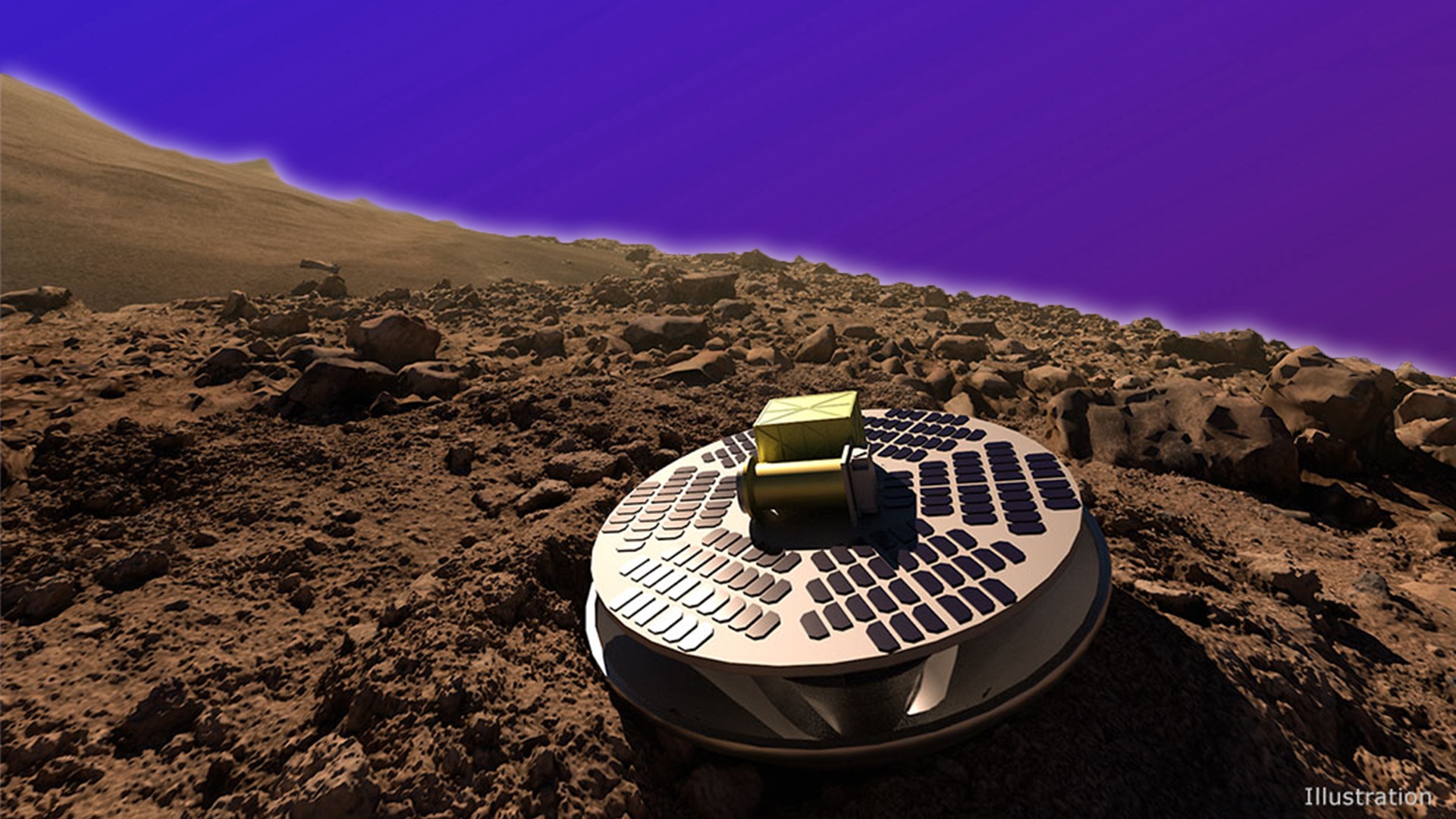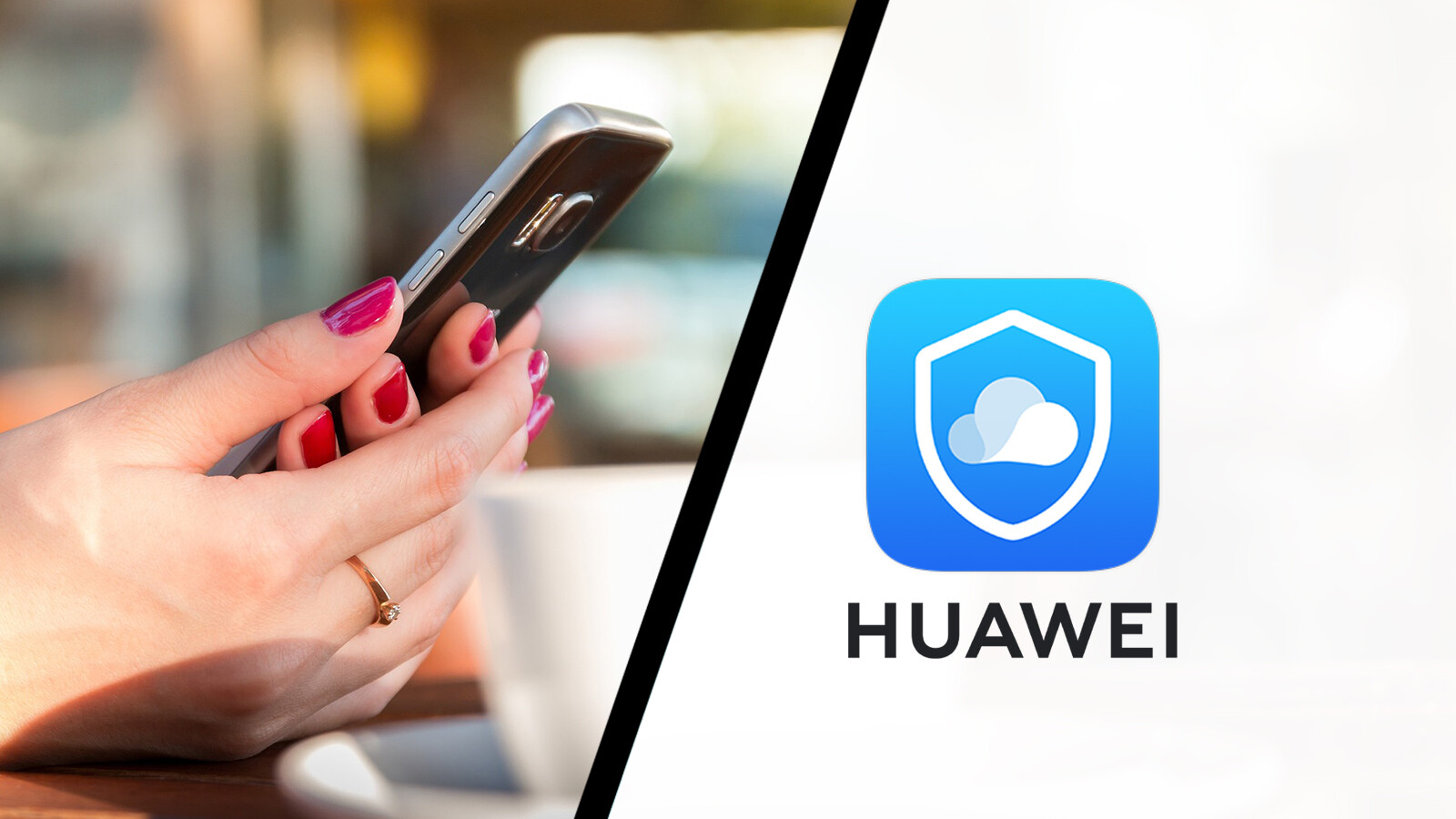It must be strange for some NASA researchers to hear about this project. You work for years on the optimal landing system for a Mars landing and try to use all your painstakingly collected knowledge to find the perfect solution. And in the end, the answer is so simple: a crash landing.
In October, researchers at Caltech (California Institute of Technology) tested a promising prototype for NASA, which should significantly simplify the landing process for Mars missions in the very near future.
To better discover our home planet, Sören likes to use Google Earth. Mainly because of this one feature:
Historical world maps
Viewing the world of 1587 on Google is just insane
SHIELD – From 23,000 kilometers per hour to zero
The SHIELD (Simplified High Impact Energy Landing Device) is intended to bring equipment to the surface of Mars without having to brake or be intercepted in any way. It is a kind of metal cone that consists of several rings and is visually reminiscent of a chandelier.
(Image: NASA)
For the test, the researchers placed a mobile phone, a two-way radio, and an accelerometer in the SHIELD. Then they took it to the top of a 27 meter high tower and dropped it.
In this way, a fall speed was achieved that corresponds to the impact speed of a Mars landing. Although a Mars lander normally travels at 23,300 kilometers per hour, it is slowed down to 177 kilometers per hour by the Martian atmosphere.
To make the conditions even more challenging than on Mars, the researchers placed a steel plate on the ground where SHIELD arrived. The plate was harder than Martian soil and was used to ensure the design would take a beating.
link to YouTube content
The impact had a force of one million newtons, which roughly corresponds to a force of 112 tons. Nevertheless, the test was a complete success, because the devices inside survived the fall unscathed. NASA speaks humorously of a “resounding success”. Only one small thing went wrong, as project manager Lou Giersch revealed:
“The only hardware that was damaged is a couple of plastic components, which we weren’t concerned about. Overall, the test was a success.«
What is all this for? A lot of time and money can be saved with this system, as it would make other landing systems superfluous and the construction is many times cheaper than previous alternatives. The SHIELD is (for the time being) not suitable for landing people.
According to Giersch, areas of Mars that are more difficult to reach could also be better discovered:
“We think we could go into more treacherous areas where we don’t want to risk deploying a multi-billion dollar rover with our current landing systems. Maybe we could even land several of them in different hard-to-reach places to build a network.”
According to NASA, the next step will be to design the rest of the lander, because you won’t get far with just a landing system. However, they are confident that we will see more of SHIELD this year.
You can find out what else NASA is up to this year here:
NASA gives exciting outlook for the year 2023
What do you think of this very simple solution to such a complex problem? Which problems in space travel could still be solved with iron rings? Write it to us in the comments!











